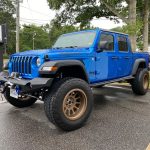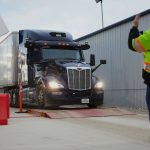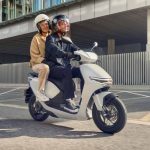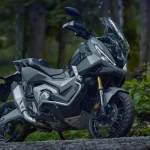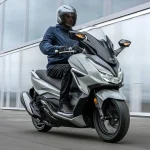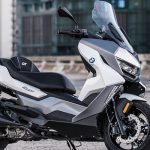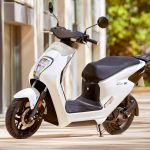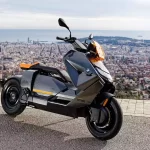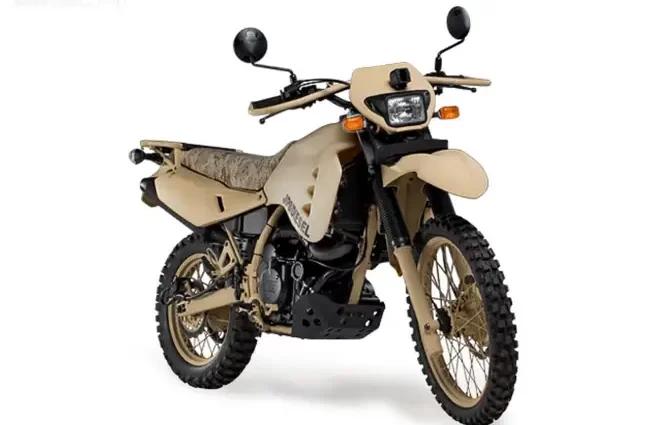Diesel engines are often preferred over gasoline ones for workhorse vehicles due to their efficiency and reduced operating costs, yet could they also work on motorcycles?
Some individuals have explored this idea but very few projects went into production. Hayes Diversified Technologies recently mass-produced a diesel military bike based on a Kawasaki KLR650 which already has orders from both the US Marine Corps and NATO forces.
Fuel efficiency
There have been several diesel motorcycles making waves in recent years. From Royal Enfield Taurus and Evaproducts Track T800CDI models, to other notable examples like Honda CB’s EcoSpark engine. Each proves diesel motors are capable of providing staggering fuel economy numbers.
However, installing a diesel engine on a bike poses unique challenges. Diesels produce their maximum power at lower rev ranges which makes them great for massive semi trucks or tractor pulls but can pose challenges when applied to light-weight motorcycles that prioritize speed and acceleration.
As well as this, diesel engines require considerable space for operation – this may prove prohibitive to incorporating them into smaller motorcycle chassis, especially if housing all its components would require too much room. That being said, four-wheeled diesel motorcycles could prove invaluable in third world countries where diesel is widely used in agriculture, horticulture and forestry work; providing users with tax free agri-diesel fuel at considerably better power-to-weight ratios.
Low maintenance
Diesel engines are often found in commercial vehicles and motorcycles, providing excellent fuel economy, reliability and durability – but may not be suitable for small bikes designed to be rideable and manageable.
A motorcycle with a diesel engine would require special, large-ratio transmission gears which might be hard for smaller motorcycles to accommodate. Furthermore, diesel engines produce extra power at lower rpms which might prove too much for them to handle.
Diesel is more costly than gasoline, but it burns cleaner and is more environmentally friendly. Octane ratings measure the ease of combustion. Motorcycle manufacturers advise using pure unleaded fuel as ethanol can damage engines; however some people use both types of fuel in equal portions – this may be beneficial if traveling frequently as a single fuel source is no longer an option.
Longer life
Diesel engines have long been utilized by trucks and cars due to their long life and fuel efficiency. They are also used extensively in trains and power generation; diesels are more reliable than their gasoline counterparts when starting and running, producing greater torque at lower RPMs for better motorcycling experiences.
There have been some efforts at commercialising diesel motorcycles. One notable attempt was Freeman Sanders’ Boccardo Aero, designed and produced from 1932-1946 by him as one of his many experiments using a diesel engine; described as being “built like a gun and going as fast as one.”
Unfortunately, enthusiasts looking for a diesel bike won’t have many modern production models to choose from. Without BMW bringing its extensive diesel experience from European car models or Honda (known for four-stroke engines and excellent work on motorcycle engines) entering the fray there’s little hope of such bikes hitting mass markets.
Environmentally friendly
Diesel engines operate differently than gasoline ones in that they don’t rely on spark ignition to ignite their fuel, instead using compression instead. As a result, they tend to be much heavier due to having larger bore and stroke diameters as well as operating at much higher compression levels.
This video showcases a Kawasaki KLR motorcycle equipped with a diesel power unit designed specifically for military use, thanks to a partnership between Cranfield University and California-based company Hayes Diversified Technologies.
They claim their motorcycle can achieve 120 mpg – nearly double its petrol equivalent and with lower emissions and better cross-country utility. Unfortunately, however, this bike will not be sold to the general public due to diesel’s oily and unpleasant odour and expensive cost; they hope instead to sell this technology onto major manufacturers to produce mass production models of this bike instead.


